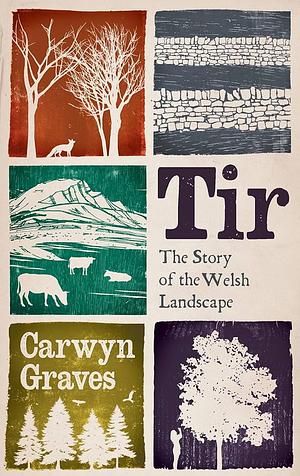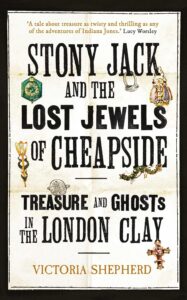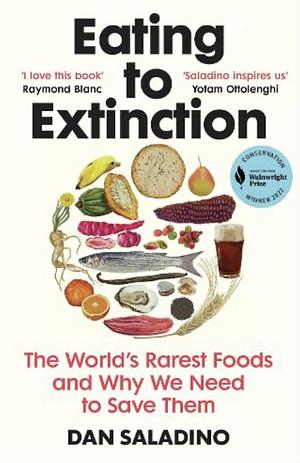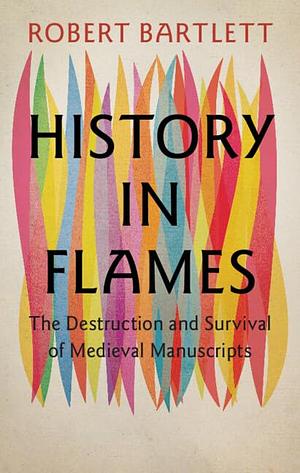
The Story of the Bayeux Tapestry
by David Musgrove, Michael Lewis
Genres: History, Non-fictionPages: 352
Rating:

Synopsis:Most people know that the Bayeux Tapestry depicts the moment when the last Anglo-Saxon king of England, Harold Godwinson, was defeated at the Battle of Hastings in 1066 by his Norman adversary William the Conqueror. However, there is much more to this historic treasure than merely illustrating the outcome of this famous battle. Full of intrigue and violence, the tapestry depicts everything from eleventh-century political and social life--including the political machinations on both sides of the English Channel in the years leading up to the Norman Conquest--to the clash of swords and stamp of hooves on the battle field.
Drawing on the latest historical and scientific research, authors David Musgrove and Michael Lewis have written the definitive book on the Bayeux Tapestry, taking readers through its narrative, detailing the life of the tapestry in the centuries that followed its creation, explaining how it got its name, and even offering a new possibility that neither Harold nor William were the true intended king of England. The Story of the Bayeux Tapestry explores the complete tale behind this medieval treasure that continues to amaze nearly one thousand years after its creation.
Michael Lewis and David Musgrove’s The Story of the Bayeux Tapestry is pretty fascinating. The Bayeux Tapestry (yes, I know, it’s actually an embroidery) is something that crops up all over the place, with disconnected pieces getting used for evidence or focused on, but somehow I hadn’t really read anything digging into it fully. I was delighted by this deep dive, which considers loads of different questions about the artwork: who made it? Where? For whom? Why?
They do pick favoured theories eventually, but they’re careful to discuss a number of different ideas, with the support for each, making it clear why they’ve plumped for e.g. the work actually being done in Canterbury, with Bishop Odo as the patron, etc, etc. There are more questions hovering around the tapestry — the identity of certain figures, the meaning of particular episodes, the meaning of the borders — than I’d realised, and of course, many of the questions in all likelihood can’t be answered with any certainty.
The one complaint would be that it would’ve been good to illustrate it much more heavily with the pieces of the embroidery being discussed; the colour plates don’t exactly zoom in on the details, and anyway it’d be easier if the images accompanied the text. It’d balloon out the page count, of course, but isn’t it worth it when discussing such a highly visual medium?
Still, I enjoyed this a lot.
Rating: 4/5 (“really liked it”)











